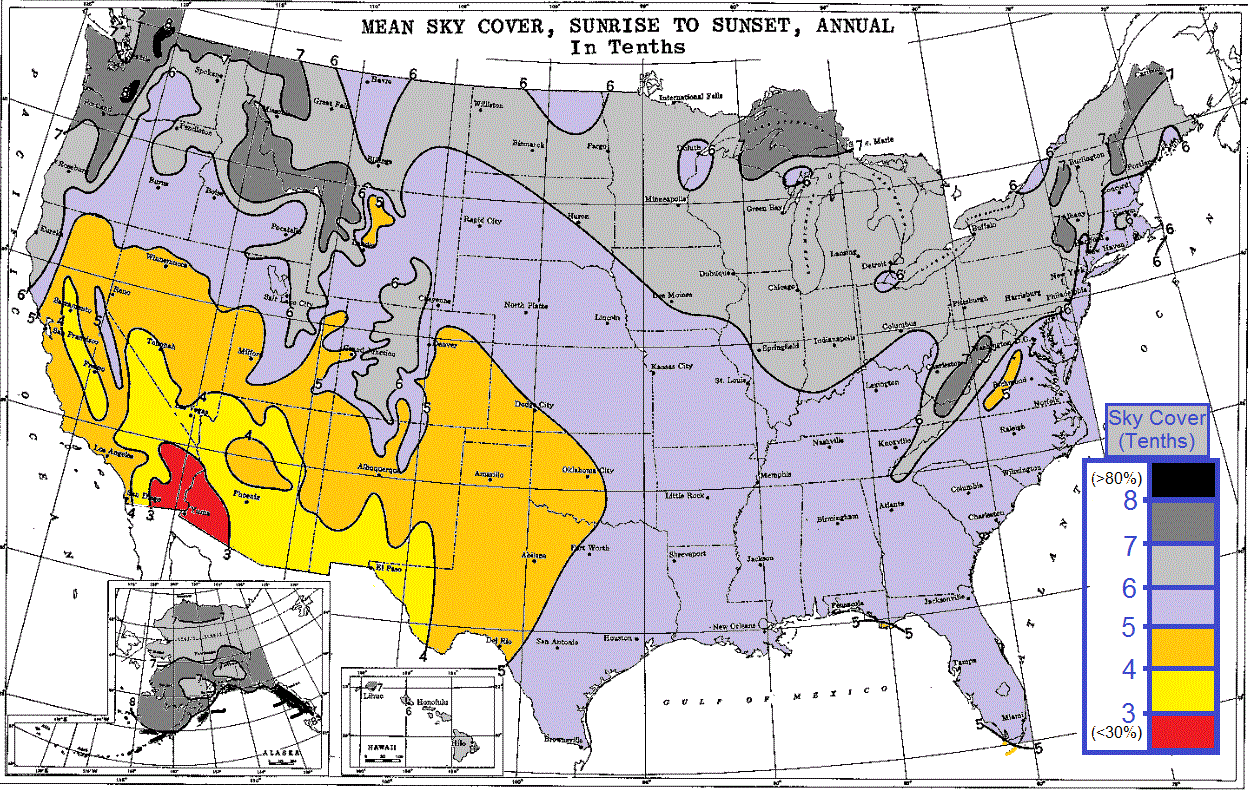https://www.cfact.org/2019/09/15/the-solar-panel-toxic-waste-problem/
Solar panels generate 300 times more toxic waste per unit of energy than nuclear power plants. They also contain lead, cadmium, and other toxic (even carcinogenic) chemicals that cannot be removed without breaking apart the entire panel. Worse, rainwater can wash many of these toxics out of the fragments of solar modules over time.
Another real concern is the vast increase in the use of
nitrogen trifluoride (NF3) in the construction of solar panels – up 1,057 percent over the past 25 years.
The UN Intergovernmental Panel on Climate Change deems NF3 to be 17,200 times more potent than carbon dioxide as a greenhouse gas – meaning that even relatively minor quantities can have major impacts.
The long road to electric cars in the U.S.
<<<<snip>>>>
Nitrogen Trifluoride Now Required in GHG Protocol Greenhouse Gas Emissions Inventories
New measurement techniques
have revealed much higher atmospheric concentrations of NF3 than expected, which can be partially attributed to the fact that industrial losses of the gas had been underestimated. NF3 emissions are increasing rapidly – rates of industrial production
increased 40-fold between 1992 and 2007 alone .
This is particularly alarming because NF3 has a 100-year global warming potential of 17,200, meaning that it is 17,200 times more powerful than carbon dioxide in trapping atmospheric heat over a 100-year time span – much higher than most other GHGs.
~S~



 out..
out..